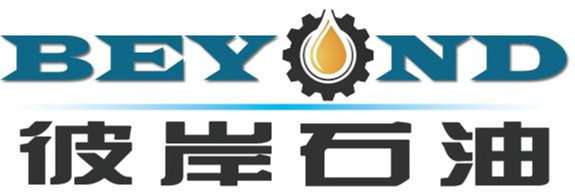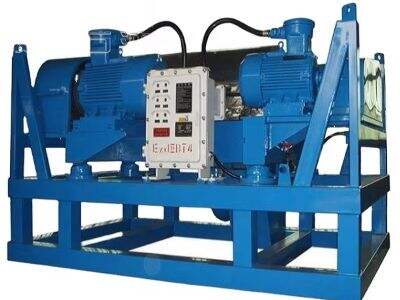Centrifuges are critical machines in industries such as oil and gas, mining and wastewater processing centers. They work by spinning at an extremely high speed to separate solids from liquids. In some cases these centrifuges can go off balance on their way to the ground and cause trouble. In this post, we are going to look at how to troubleshoot centrifuge imbalance.
Identify the responsible cause of the imbalance:
If a centrifuge is unbalanced, it might rattle, make noise and work less well. You have to figure out what's unbalanced and fix it. Uneven solids in the machine (for example, a load of laundry) worn-down parts or parts that are not aligned properly may cause an imbalance.
Workers can inspect the machine to determine which factor is causing the vibration imbalance. They can also monitor whether moving parts are properly aligned and whether solids are distributed evenly inside the centrifugal and reciprocating pump. Occasionally, you may need to consult with a professional.
How to Solve Imbalance Issues:
With the cause of the imbalance ascertained, employees can then work to correct it. One way is to counterbalance the moving parts of the centrifuge by adding or subtracting weights. This can help minimize shaking and make the Drilling Tools and machine perform more efficiently.
Workers may also change any worn parts or realign moving parts to assist in obtaining better balance of the centrifuge. Routine checks and maintenance can prevent imbalance issues in the future.
Here is why it is important to get regular maintenance:
One of the keys to avoiding centrifuge imbalance is to undertake regular maintenance. Workers can ensure that the centrifuge operates properly, and safely, by keeping a close eye on the machine and replacing old parts as appropriate. Maintenance can entail cleaning the Well Control Equipment and inspecting for leaks or oiling of moving parts.
Workers should also check how the centrifuge is operating and listen for any unusual noises, shaking or shaking. By addressing problems early, workers can avert bigger ones even as they can extend the life of the centrifuge.
Problems in Addressing Unbalance:
Battling centrifuge imbalance can be challenging, particularly if the cause is unknown. Careful tests and checks may be necessary for the workers to determine where the problem lies. At times, they may need to seek help from specialists or engineers.
Maintaining Equilibrium in the Centrifuge:
To ensure the centrifuge works properly, employees ought to periodically inspect the balance. That means adjusting the weights and moving parts to ensure they are aligned properly. Well-executed balance checks can help avoid problems of imbalance and enhance overall centrifuge performance.
In summary correcting balance problems with your centrifuge is crucial for maintaining your equipment to operate in a safe and effective manner. By pinpointing what’s causing the imbalance, employing strategies to address it and adhering to a maintenance schedule, workers can ensure their centrifuges run efficiently. It can also help avoid the balance problems and increase the lifespan of the appliance.
 EN
EN
 AR
AR
 FR
FR
 HI
HI
 IT
IT
 RO
RO
 RU
RU
 ES
ES
 TL
TL
 ID
ID
 SL
SL
 UK
UK
 SQ
SQ
 TR
TR
 FA
FA
 MS
MS
 AZ
AZ
 KA
KA
 MN
MN
 KK
KK
 UZ
UZ
 KY
KY

